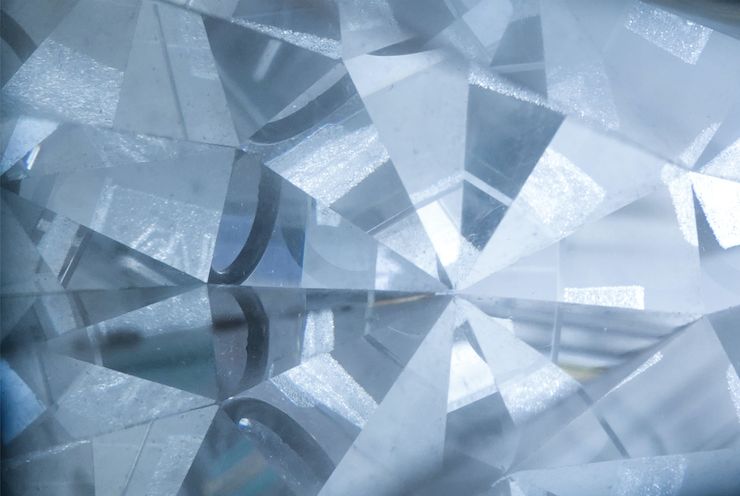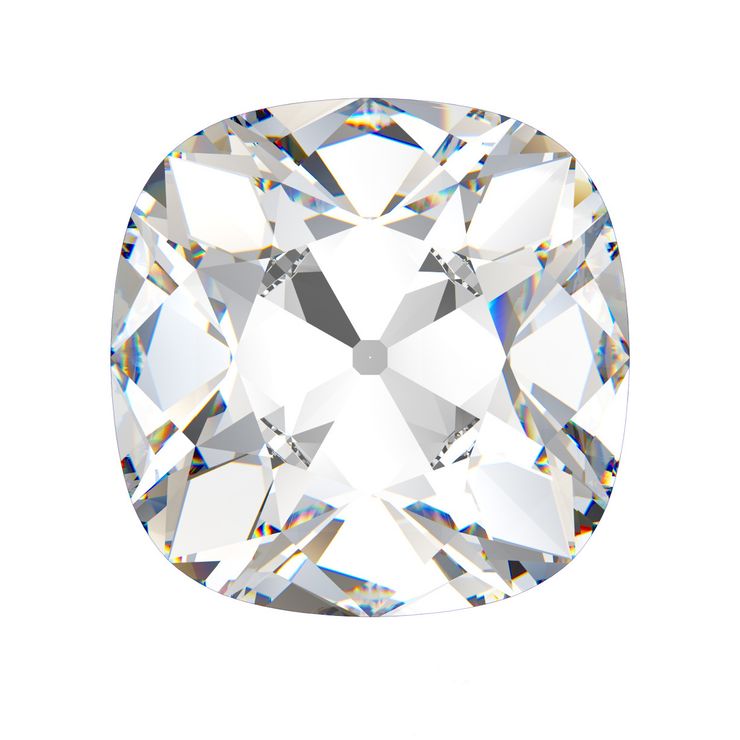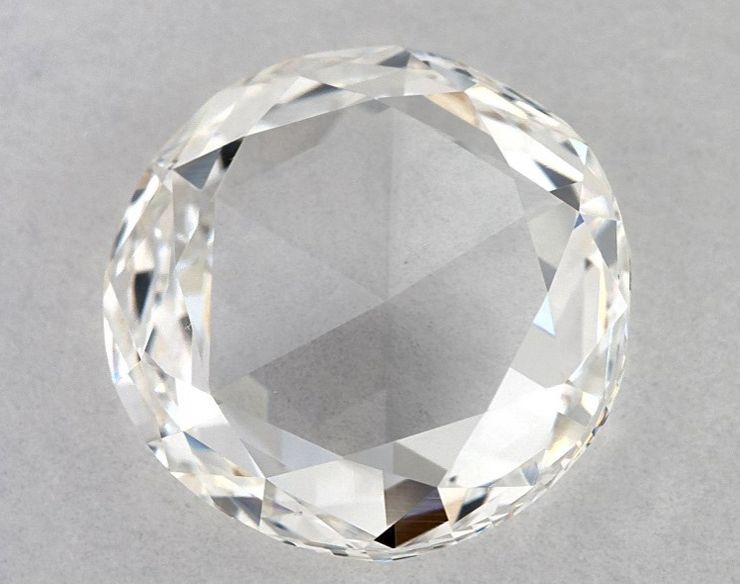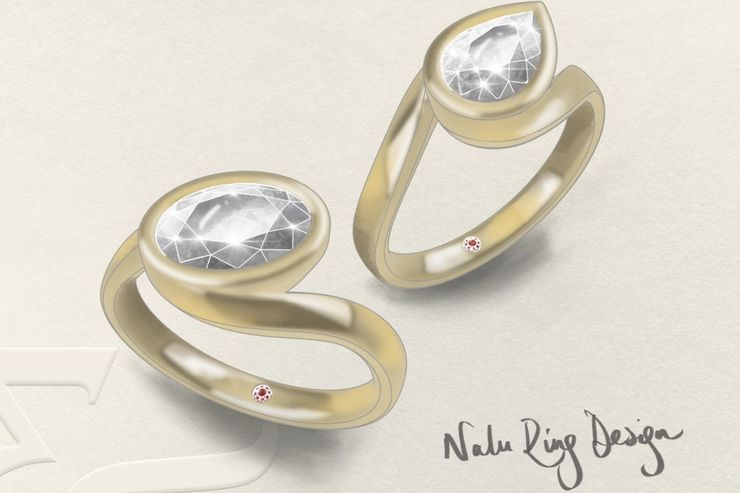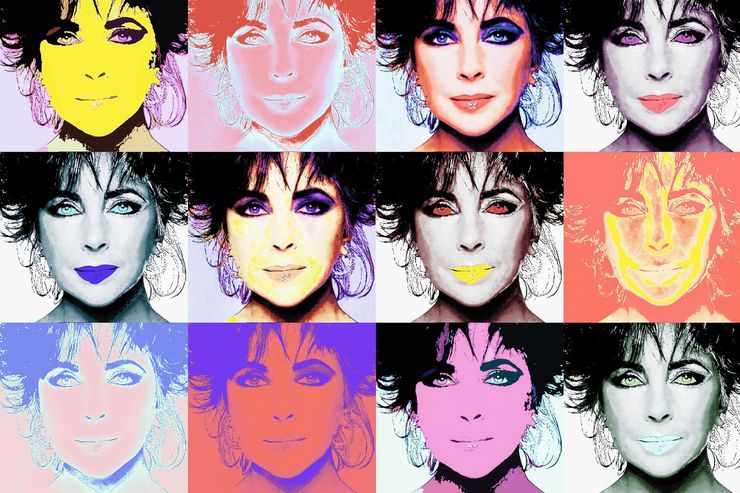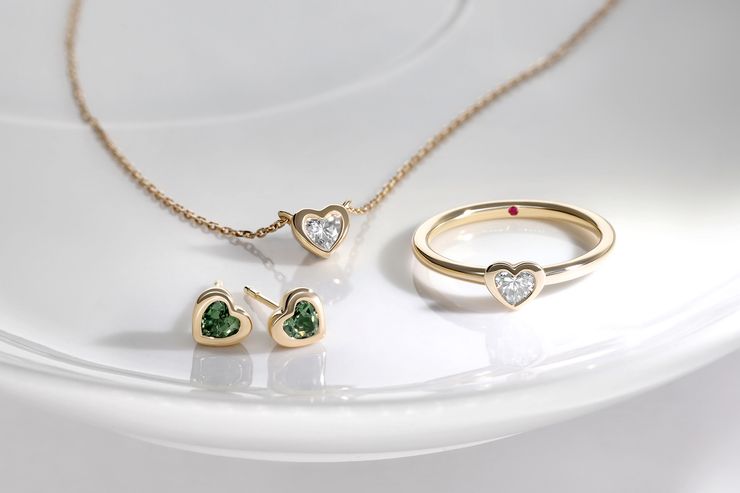Diamond cutting has seen an evolution over centuries gone by, which has resulted in a range of different diamond appearances. Before machinery that emerged following the industrial revolution, diamonds were often cut by hand, using techniques that are rarely used today. These vintage cutting techniques resulted in diamonds that possessed shapes, facet structures and dimensions that captured the design trends of their respective eras.
With the increase in diamond cutting machinery, cutting diamonds entered a new realm of precision, introducing the brilliant cut diamond. A new diamond cut that possessed brilliance and fire-or more often referred to as sparkle. This new cut allowed diamonds to shine bright and became the new cutting standard for traditional and unique diamond shapes alike.
A diamond’s cut is directly related to the diamond shape and how it will perform in the light when worn. So in some cases, a diamond’s shape is more suited to a step cut facet structure. Step cut diamonds feature facets that are cut into square or rectangular shapes that emerge from the diamond’s centre like steps-as its name suggests. These step cut facets result in a different light return than a brilliant cut diamond. While a modern round brilliant cut will be lively and sparkle, a step cut diamond will display flashes of light, sometimes referred to as a “Hall of Mirrors” effect. This effect is often seen in emerald cut and Asscher cut diamonds.
Let’s dive into what makes each of these diamond cuts so enchanting and their pros and cons.
What is a vintage cut diamond?
Antique cut diamonds reference the diamond cutting techniques that precede the modern-day manufacturing processes. Diamond cutters would hand-cut diamonds into shapes and dimensions which captured the essence of the era. Instead of the lively, sparkly nature of modern cut diamonds, a vintage cut diamond is less brilliant and emits a subtle, romantic glow.
It’s also worth noting that an old cut diamond must be held to a different standard than modern cuts. Antique diamond cuts cannot be fairly graded by certifying organisations because they’ll be graded using modern standards. The subtle imperfections and artisanal nature of vintage cuts possess a value that can’t be graded up against modern cuts.

